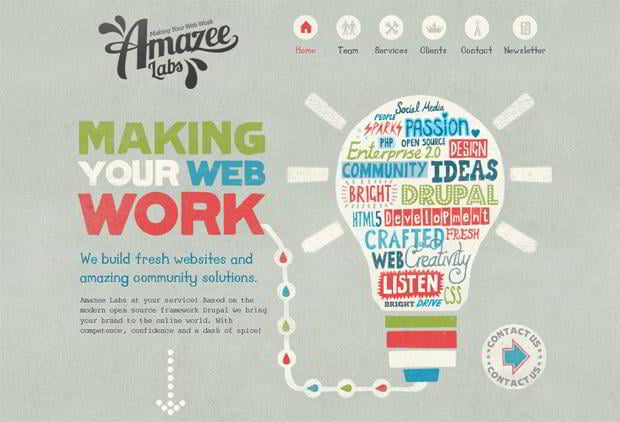Web Site Design Basics: Tips For Structure A User-Friendly Site
Web Site Design Basics: Tips For Structure A User-Friendly Site
Blog Article
Web Content Created By-Scarborough Thorpe
When it comes to site layout, making sure user-friendliness is essential. From receptive layout to structured navigation, every component plays a vital duty in developing a site that deals with your audience's requirements. Yet what concerning the better details that can make or break a user's surfing experience? Keep tuned as we uncover some often-overlooked tips that can boost your site's usability to the next level, making it genuinely stand out in the electronic landscape.
Importance of Responsive Style
Receptive style is a vital aspect of modern web site growth. Ensuring your web site is receptive means that it can adapt to various screen sizes and devices, providing a seamless experience for users.
With the enhancing use mobile phones and tablets to access the web, having a receptive style is important for getting to a wider audience. It helps in enhancing individual experience by making your internet site very easy to navigate and read on any gadget.
Furthermore, responsive design can favorably impact your online search engine positions, as online search engine like Google focus on mobile-friendly sites. By having a responsive style, you're additionally future-proofing your site, as new devices with varying display dimensions continue to arise.
Simplify Navigation Framework
To boost user experience and facilitate simple access to info on your internet site, streamlining the navigation framework is paramount. When making https://zionjxisc.ssnblog.com/31308099/boost-your-placement-in-online-search-engine-results-and-improve-your-on-the-internet-existence-with-ingenious-search-engine-optimization-approaches-are-you-prepared-to-unleash-your-organization-s-real-abilities , focus on developing a clear and instinctive navigation menu that assists visitors locate what they're looking for swiftly.
Limit the number of menu products to the essentials, organizing relevant web pages with each other to stay clear of frustrating customers. Usage descriptive tags that plainly suggest the content of each web page, making it less complicated for individuals to understand where each link will certainly take them.
Consider implementing dropdown menus for subcategories to prevent cluttering the main navigation bar. In addition, include a search bar plainly on the web page for individuals that like looking for details details.
Prioritize mobile responsiveness in your navigation style to ensure easy access on all tools.
Maximize Web Page Tons Speed
Improving page lots rate is crucial for maintaining visitors on your web site. Slow-loading pages annoy individuals and can cause high bounce rates. To maximize web page load rate, begin by optimizing photos. Press photos without jeopardizing high quality to reduce their data sizes.
Additionally, allow internet browser caching to store regularly accessed resources in your area, accelerating load times for returning visitors. weblink , JavaScript, and HTML documents by removing unneeded personalities, comments, and format, improving tons speed.
Consider using a content delivery network (CDN) to distribute your internet site's web content across numerous servers worldwide, reducing latency for customers accessing your website from various places. Last but not least, restrict the use of third-party scripts and plugins, as they can significantly impact load times.
Conclusion
To conclude, by integrating responsive layout, simplifying navigating, and enhancing page load speed, you can produce a straightforward site that interest a bigger audience and boosts user experience. These essential elements make certain that visitors can easily access and browse your website across various tools, bring about raised interaction and satisfaction. By concentrating on these essential facets, you can construct a successful internet site that keeps users coming back for even more.
